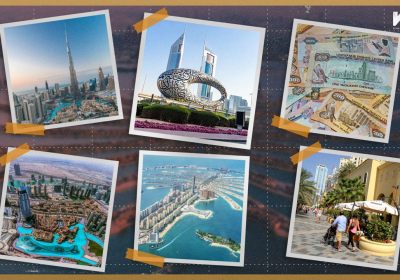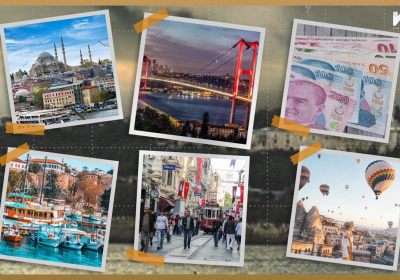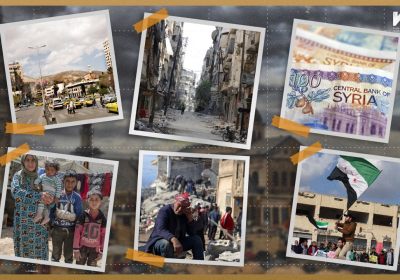Afghanistan: A Crossroads of Complexity, Diversity, and Struggle

Afghanistan, officially the Islamic Emirate of Afghanistan, occupies a significant geopolitical position at the crossroads of Central Asia and South Asia. The country’s history, shaped by a myriad of ethnicities and cultures, reflects a complex tapestry that has faced enduring challenges and conflicts.
Ethnic Diversity and Cultural Richness: Afghanistan’s rich cultural landscape is woven with a diverse array of ethnicities, as outlined in the 2004 Constitution. Pashtun, Tajik, Hazara, Uzbek, Turkman, Baluch, Pachaie, Nuristani, Aymaq, Arab, Qirghiz, Qizilbash, Gujur, Brahwui, and numerous smaller ethnic groups contribute to the nation’s intricate social fabric. This diversity is a testament to Afghanistan’s historical role as a melting pot of civilizations.
Linguistic Mosaic: Dari and Pashto serve as the official languages of Afghanistan, reflecting the linguistic diversity that mirrors the ethnic composition of the country. This linguistic mosaic adds depth to Afghanistan’s cultural richness and underscores the coexistence of various linguistic communities.
Economic Landscape and Challenges: With a population of approximately 41 million people, Afghanistan faces economic challenges that are intertwined with its political and security situation. The nominal GDP of Afghanistan stands at $14.58 billion as of 2021, resulting in a GDP per capita of USD 363.7. However, the nation grapples with a stark economic reality, as evidenced by a significant negative real GDP growth rate (-20.74% in 2021). Afghanistan’s economic struggles are further underscored by its ranking as one of the world’s largest producers of heroin and methamphetamine.
Humanitarian Concerns and Security Challenges: Afghanistan has been marred by prolonged conflict, and the recent resurgence of the Taliban to power after two decades poses significant humanitarian concerns. Extrajudicial executions, arbitrary arrests, torture, and unlawful detention of perceived opponents have created an atmosphere of fear, challenging the prospects of stability and peace. The Taliban’s return marks the culmination of a complex chapter that saw the United States’ longest war unfold on Afghan soil.
Drug Trade and Social Impact: Afghanistan’s prominence as a major producer of narcotics, including heroin and methamphetamine, has profound social implications. Nearly 10 percent of the population, or around 4 million people, are estimated to be drug users. The illicit drug trade, much of it smuggled abroad, has contributed to the nation’s complex socio-economic challenges.
Mapping Afghanistan’s Complex Terrain: To comprehend Afghanistan’s intricate geography and appreciate its geopolitical significance, an examination of the country’s map is essential. The map reveals Afghanistan’s strategic location and its bordering nations, providing insight into the historical and contemporary forces that shape its destiny.
In conclusion, Afghanistan emerges as a nation at the crossroads of complexity, diversity, and struggle. The convergence of ethnicities, languages, economic challenges, and geopolitical dynamics paints a portrait of a country navigating through intricate layers of history and contemporary realities. As Afghanistan strives for stability and progress, it remains a focal point of global attention and concern.



Leave a Reply